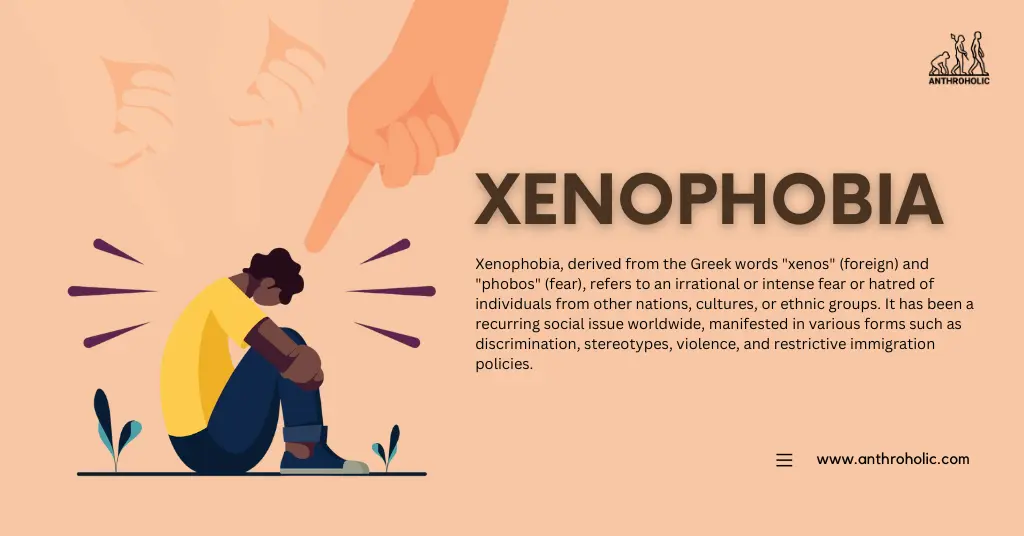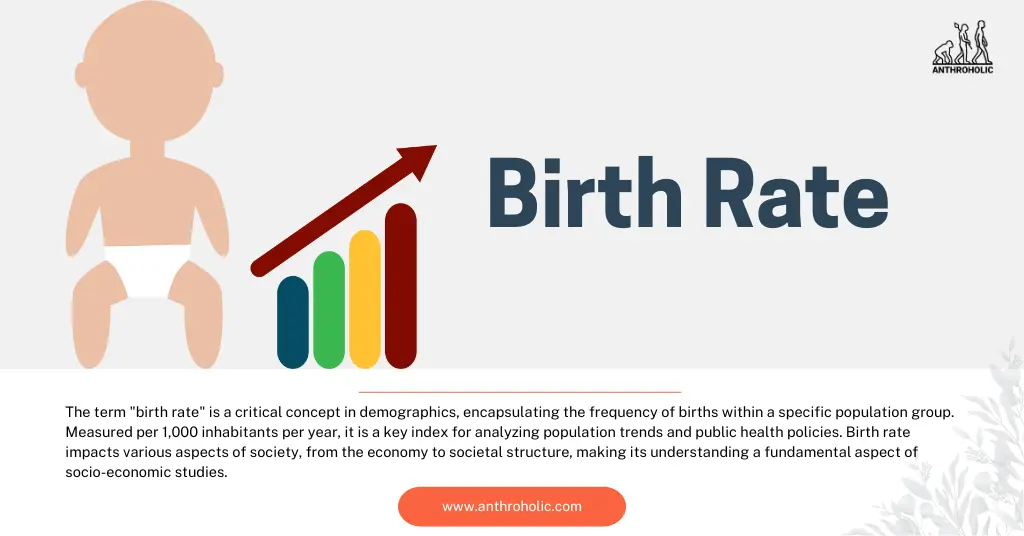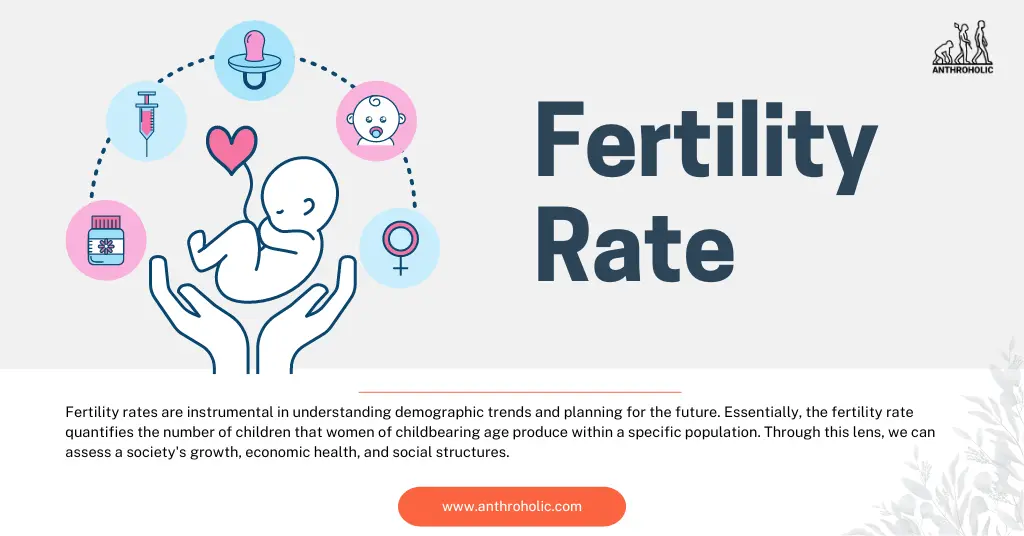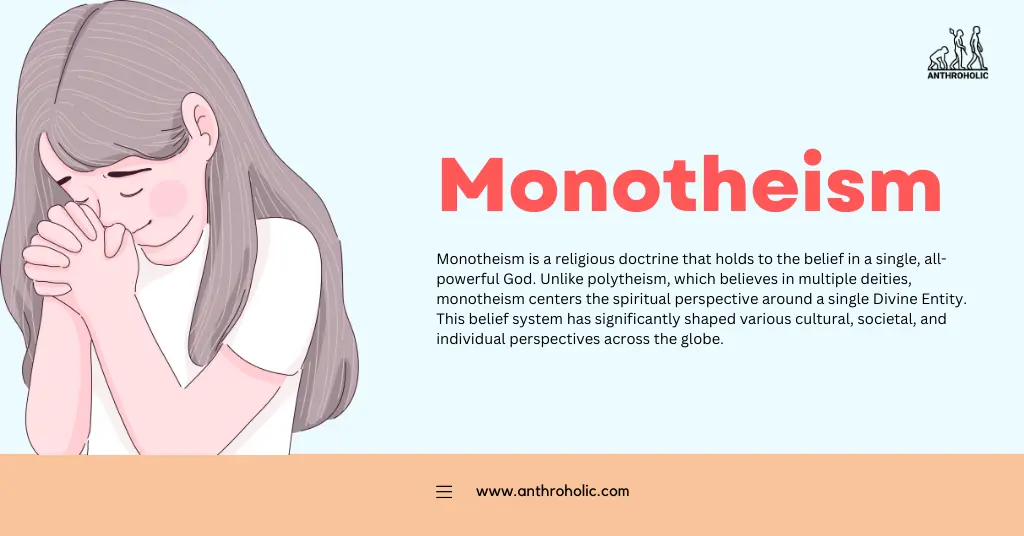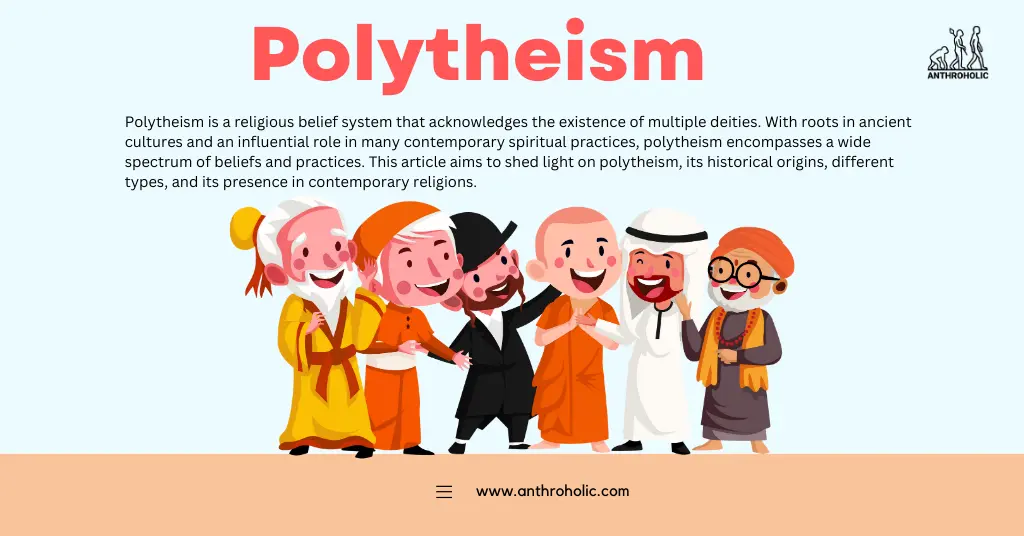AI Answer Evaluation Platform Live Now. Try Free Answer Evaluation Now
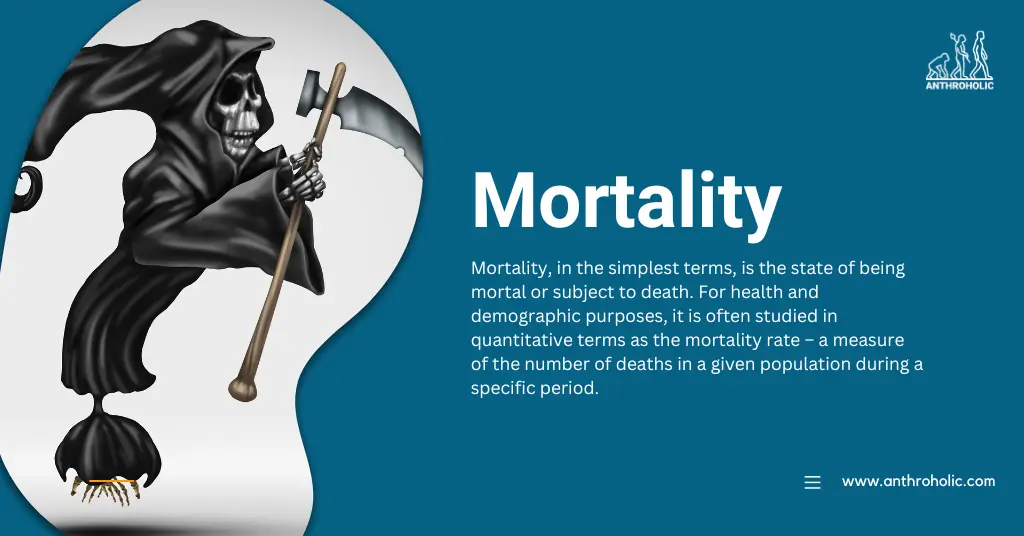
Mortality
Mortality, in the simplest terms, is the state of being mortal or subject to death. For health and demographic purposes, it is often studied in quantitative terms as the mortality rate – a measure of the number of deaths in a given population during a specific period.

